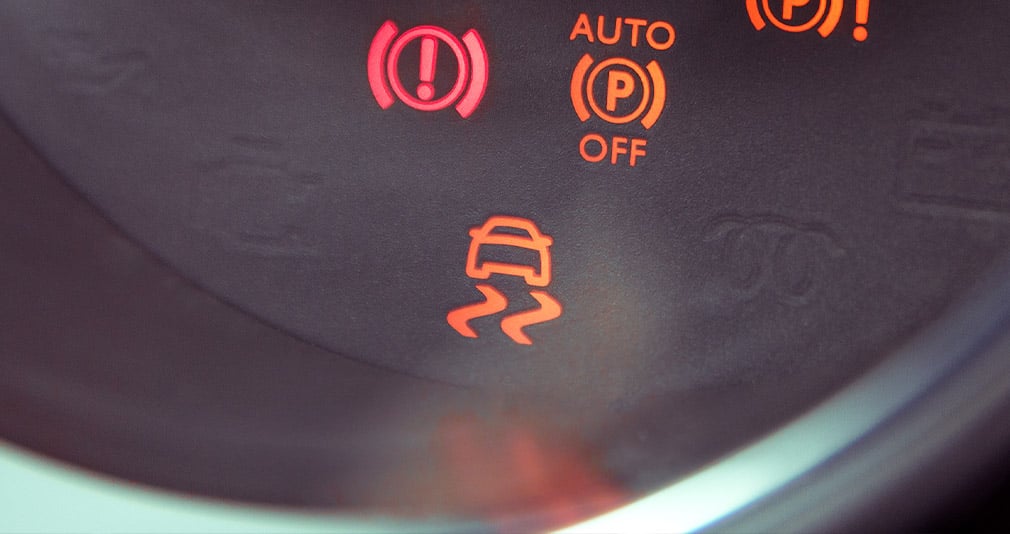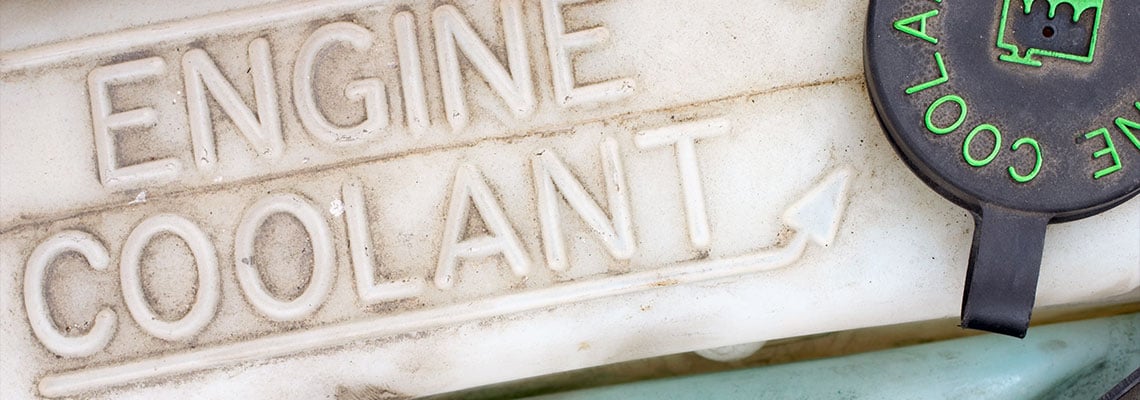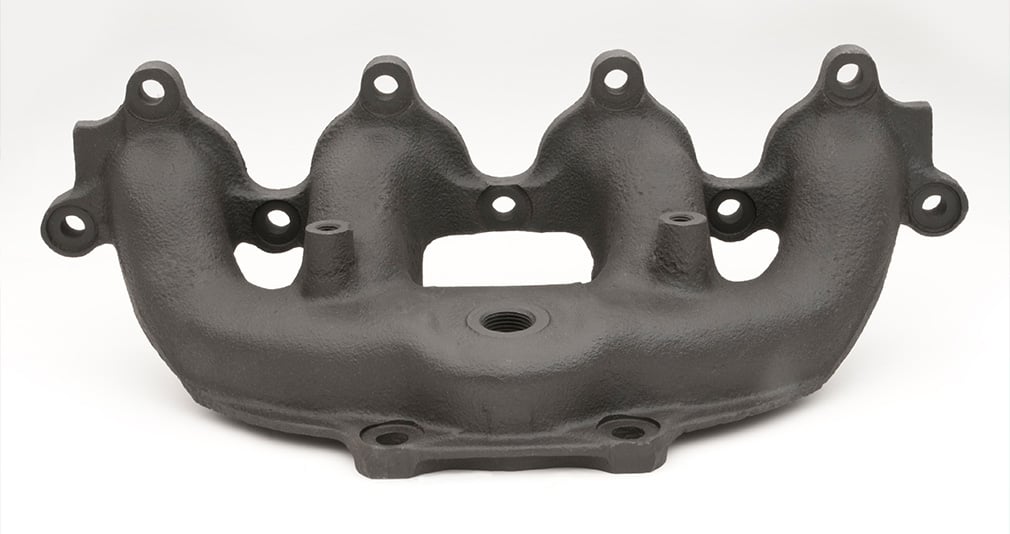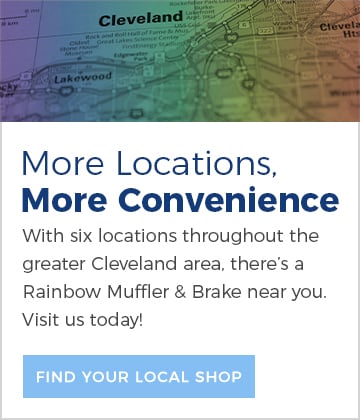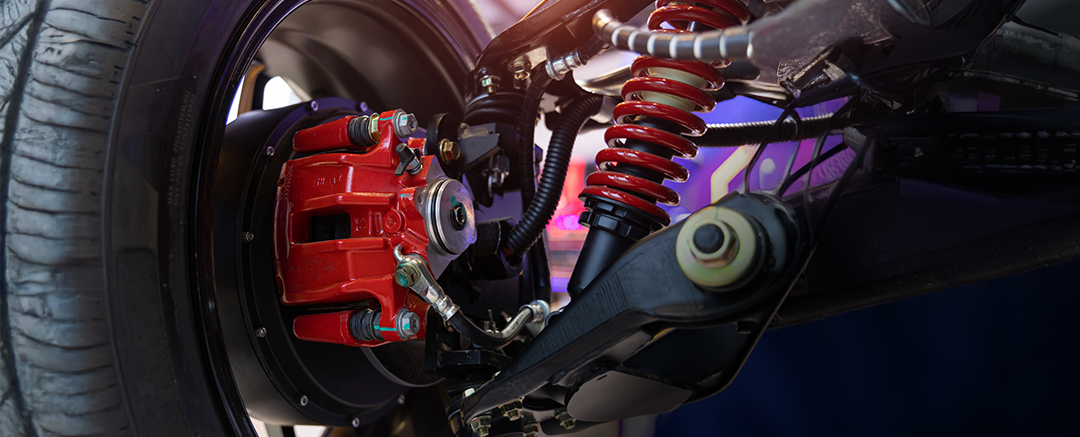Brakes are arguably the most important system in your car. Caring for them should be a top priority for every driver — regardless of your level of comfort with DIY car care and repair. Keep reading for a deeper look at your brakes:
- How your brakes work
- Essential safety tips every driver should know
- Signs it’s time to bring your car in for brake maintenance or repair
- What to expect during a brake inspection
Getting to Know Your Car’s Brakes
In the simplest terms, your car's braking system allows you to bring your vehicle to a stop. It sounds basic, but it’s a pretty fundamental function.
In the United States, passenger vehicles have two types of braking systems: drum brakes and disc brakes. Drum brakes came first, along with the development of the automobile. Today, they are usually only found on the rear wheels. Disc brakes are more common on the front wheels and can be used on all four wheels.
Disc brakes are the standard for most vehicles, but you can still find drum brakes on modern cars. The Universal Technical Institute describes how both types of brakes work (and what makes them different).
Drum brakes. “This system consists of a master cylinder that sends pressurized brake fluid to the wheel cylinder located inside the brake drum. This pressure causes the pistons in the cylinder to expand and press the brake shoes against the inner surface of the brake drum, which creates friction to help slow the spinning of the wheels.”
Disc brakes. “This system consists of a master cylinder that sends pressurized brake fluid to the brake caliper, causing its pistons to press against a steel rotor disc, creating friction to slow the spinning of the wheels.”
Learn More: Brake Parts Explained: Rotors, Pads, Calipers and More
For the purposes of this blog post, we will use disc brakes as the standard, though many of the following safety tips can also apply to drum brakes.
4 Brake Safety Tips Every Driver Should Know
Your car’s braking system exists to keep you safe on the road. There are things you can do to ensure the system is safe and in good working condition to help your brakes do their job.
1. Perform Regular Brake Inspections and Maintenance
Keep your brakes in good working condition by catching any issues before they become major hazards. By scheduling regular preventive maintenance visits with your trusted mechanic, you can ensure your brakes are intact and working when you need them most.
Plan to have your brakes professionally inspected at least once per year or any time you notice an issue with their sound or feel. Your brake technician will check the entire system for wear and damage, including brake pads, calipers and rotors.
Brake pads should be replaced when they reach one-quarter-inch thickness, and brake fluid should be flushed every two to three years.
2. Watch and Listen for Brake Issues
Learn the warning signs of failing brakes and bring your car in right away if you see, hear or feel anything off. Common warning signs include:
- Soft or spongy brakes
- Vehicle pulling to one side
- Metallic squeal or metal-on-metal noise
- Grinding sound when you hit the brakes
- Shaking steering wheel
- Leaking fluid under your car
- Your brake light comes on
Learn More: How Do You Know if Your Brakes Are Going Bad?
3. Practice Safe Driving Habits
Reckless or even careless driving can take a toll on your brakes, causing them to wear down prematurely or even fail. When you’re behind the wheel, follow some common sense safety tips. Your brakes will thank you!
- Avoid hard braking. Sometimes, slamming on the brakes is necessary to avoid a collision, but if it becomes a habit, you’re putting undue strain on your braking system.
- Maintain a safe distance from other vehicles. You can curb the need to slam on the brakes by heeding what your driver’s ed instructor said and following the “three-second rule” for safe following distance.
- Slow down. When conditions dictate caution, like bad weather or extra heavy loads, it’s okay to travel at a slower speed.
4. Don’t Ignore the Brake Light
You shouldn’t ignore any of the lights on your dashboard, but this is especially true for the brake light. When your brake light blinks on, it tells you there is an issue with the system that allows you to come to a safe stop.
Brake lights can indicate a number of problems with your vehicle. Not all of them are serious, but they all should be taken seriously. Some common culprits include:
- The parking brake is engaged
- Low brake fluid level
- Worn brake pads
- Malfunctioning anti-lock brake system (ABS)
- Problems with the brake lines
- Electrical issues
- Sensor malfunction
What to Expect During a Brake Inspection
Whether you’re bringing your car in for a scheduled maintenance visit or because you expect a brake issue, a qualified technician will perform a thorough check on your entire braking system.
Test drive. If you’ve come in with complaints of funny noises or an off feeling, your mechanic will want to get behind the wheel to see if they can recreate the problem. They’ll test your brakes at variable speeds and watch for any unusual noises, vibrations or even smells that may give them a clue to the issue.
Visual inspection. This is designed to catch any signs of damage or excessive wear. It includes examining the brake lines for cracks or leaks, checking the brake fluid to ensure proper levels, and thoroughly inspecting the brake pads, rotors and calipers.
Brake component inspection. Your mechanic will hoist your vehicle up on the lift and remove the wheels to examine each of the brake components more closely. This will include a thorough inspection of the calipers, pads and brake lines.
Brake fluid check. In addition to checking the level of fluid, your technician will assess the quality of the brake fluid to see if there is any contamination.
Once the inspection is complete, the technician will provide you with a report of their findings and recommendations for repairs or replacement, if necessary.
Trust Your Brakes to the Experts
Brakes are not something you want to mess around with. If you’re experiencing any of the issues described above, bring your car to your nearest Rainbow Muffler and Brake location as soon as possible. With our full brake system evaluation, you'll be back on the road quickly and ready for a safe drive.



